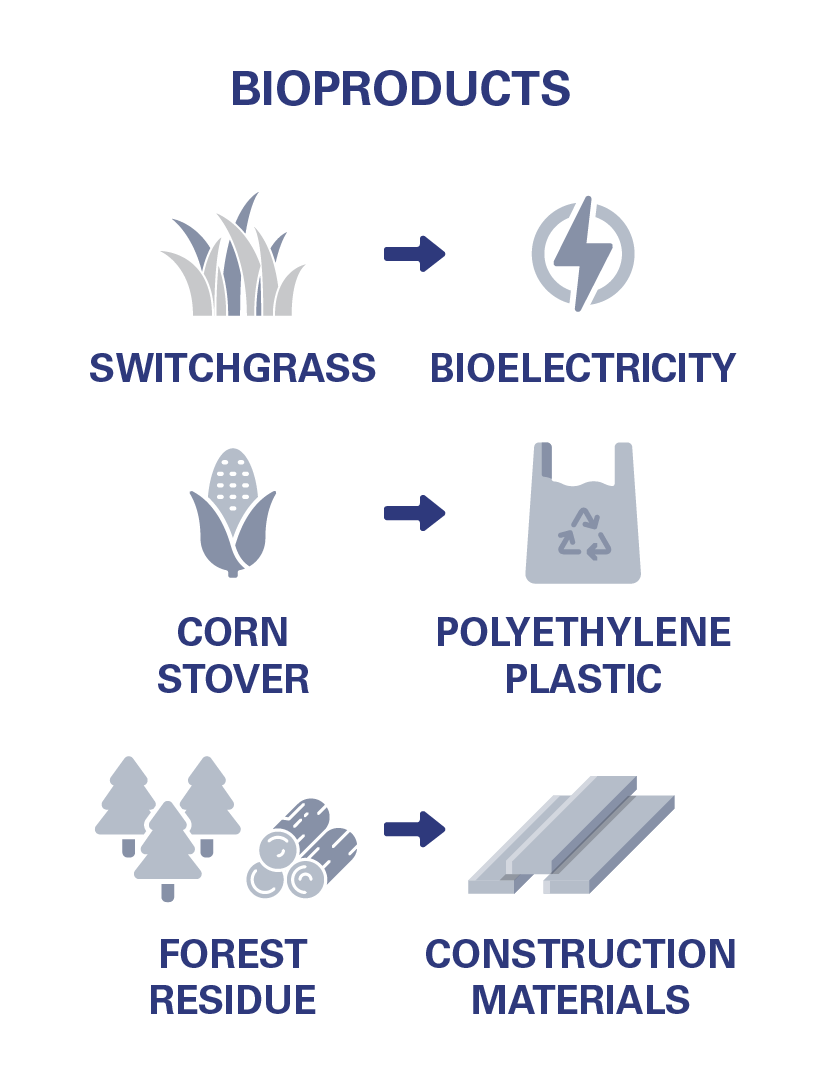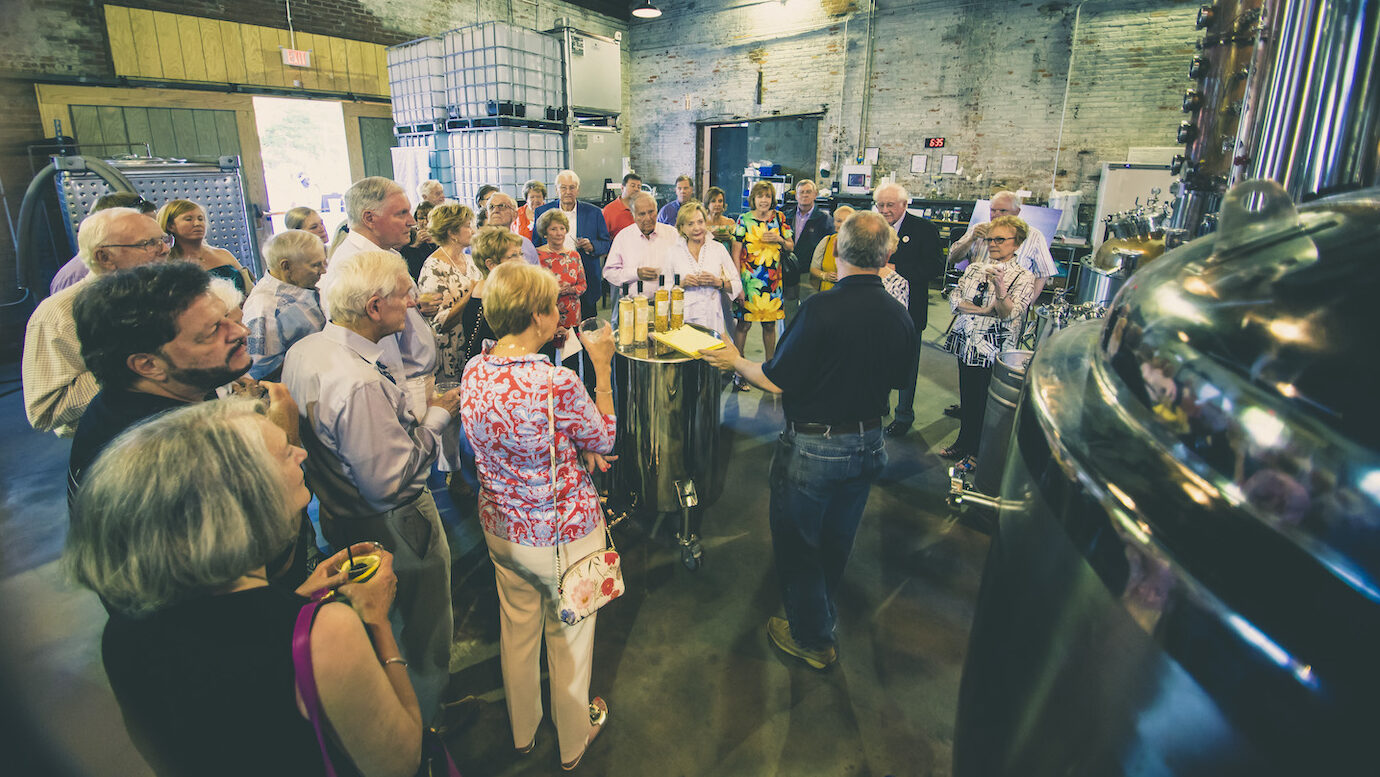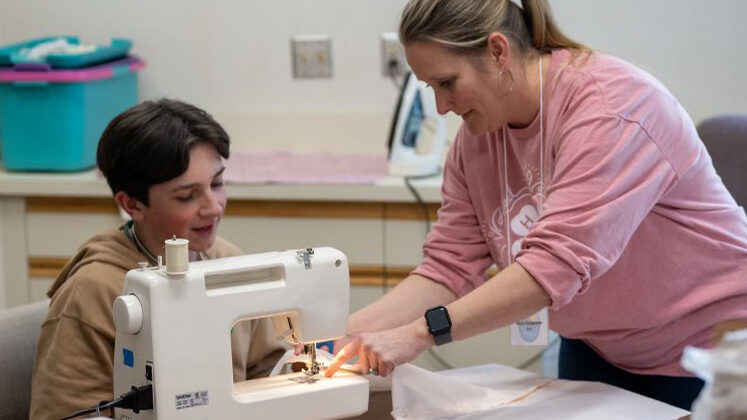Roads to Carbon Removal
To fight a warming planet, Joe Sagues leads a nationwide team mapping the potential to remove 500 million tons of carbon from the atmosphere every year and keep it stored for millennia.

Global efforts to reduce carbon emissions in the face of a warming world are making significant gains, but scientists don’t think the gains will be fast enough to avoid a 2-degree Celsius (3.6-degree F) global temperature increase. Finding new ways to actively remove carbon dioxide from the atmosphere could make a critical difference.
“Climate scientists agree that we have to start removing carbon from the atmosphere to the tune of a few billion tons per year by the middle of the century,” says Joe Sagues, assistant professor in the Department of Biological and Agricultural Engineering.
Currently, only a few million tons of carbon dioxide are actively removed from the atmosphere every year. Researchers at North Carolina State University are investigating ways to increase that number.
“Climate scientists agree that we have to start removing carbon from the atmosphere to the tune of a few billion tons per year by the middle of the century.”

Bioprocessing, one of the technologies that can be used to remove carbon, is the subject of Sagues’ research. He and his team conducted a detailed life-cycle assessment of four bioproducts already on the market: bioelectricity from switchgrass, polyethylene (plastic) from corn remnants, and biochar and construction materials from forest residue. The ultimate goal is to find economically feasible and efficient solutions that go beyond carbon-neutral to carbon-negative.
“We wanted to understand what the carbon footprint over the full life cycle of the bioproduct is, how carbon-negative the bioproduct could be and how stable the carbon is,” Sagues says. “We were able to show that all four bioproducts can remove a pretty substantial amount of carbon from the atmosphere, and that they could be truly carbon negative over 100, 1,000 and even 10,000 years.”
Sagues represents NC State in a multi-institutional grant project funded by the U.S. Department of Energy. The Roads to Removal project will carry out a granular geospatial assessment of the United States to identify the cheapest carbon removal options at the county level.
The project consists of four teams: forestry, soils, direct air capture, and biomass, carbon removal and storage, or BiCRS, co-led by Sagues. All four teams are using pre-existing databases that show biomass availability. Sagues’ team is looking at uses for waste materials like agricultural residue, forestry residue and municipal organic waste, as well as sustainable crops like switchgrass.
“Roads to Removal is novel because while biomass availability isn’t necessarily new, no one’s ever built a model that could look at, say, seven different industrial bioprocessing technologies to make 15 different bioproducts, and then recommend the precise technologies and bioproducts that individual counties with specific biomass can produce for the lowest cost,” Sagues says.
The BiCRS team alone has found that industrial bioprocessing could remove approximately 500 million tons of carbon dioxide from the atmosphere every year for less than $100 per ton.
From carbon capture plants at pulp and paper mills throughout the Southeast to bioethanol production facilities in the Midwest, the carbon-negative bioeconomy is ramping up across the country, in large part due to new and existing federal tax credits. Other funding sources are stepping up to fill in the gaps.

In 2022, worldwide funding for carbon capture and storage rose to $224 million, compared with just $13 million in 2015. Sagues’ own research has led to significant commercialization efforts in the chemical and manufacturing sectors, along with opportunities for carbon-negative consultants and even a startup of his own. The carbon-negative bioeconomy points the way for profitability and sustainability to converge on the path to a cooler world.
- Categories:


